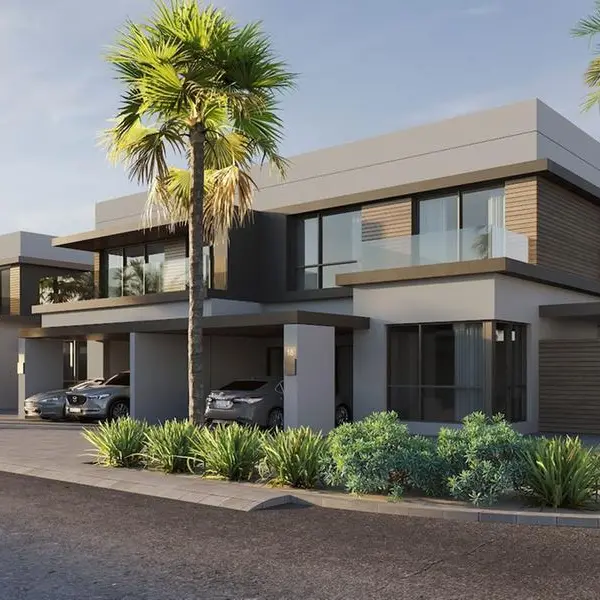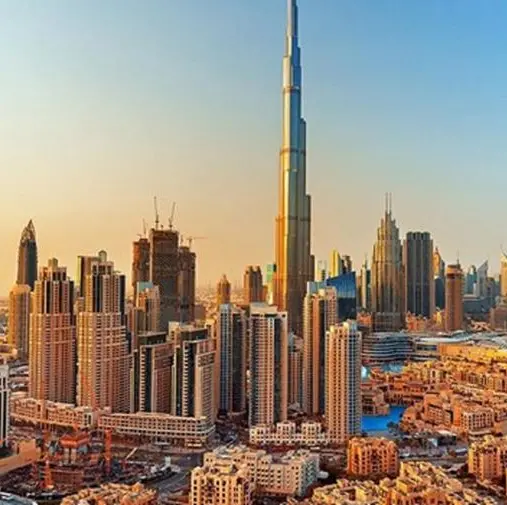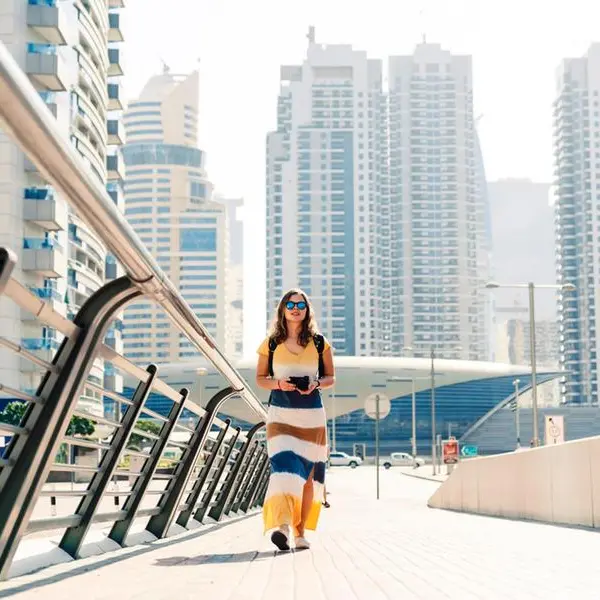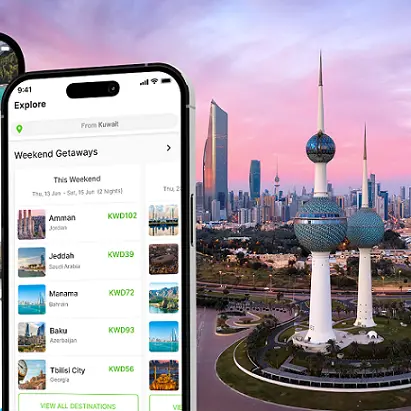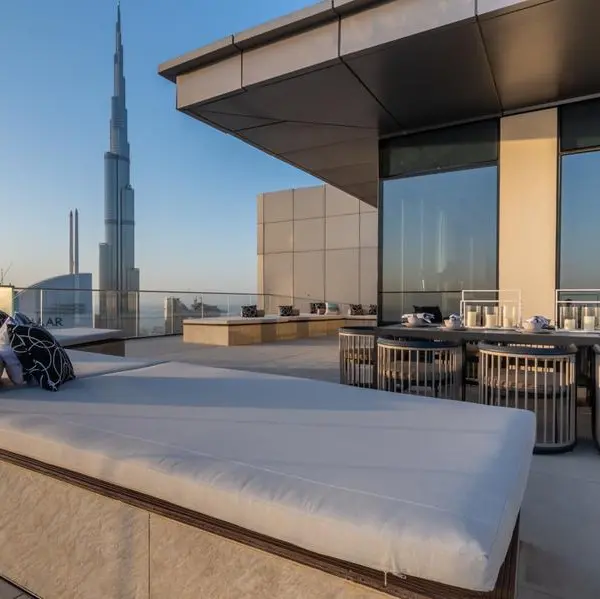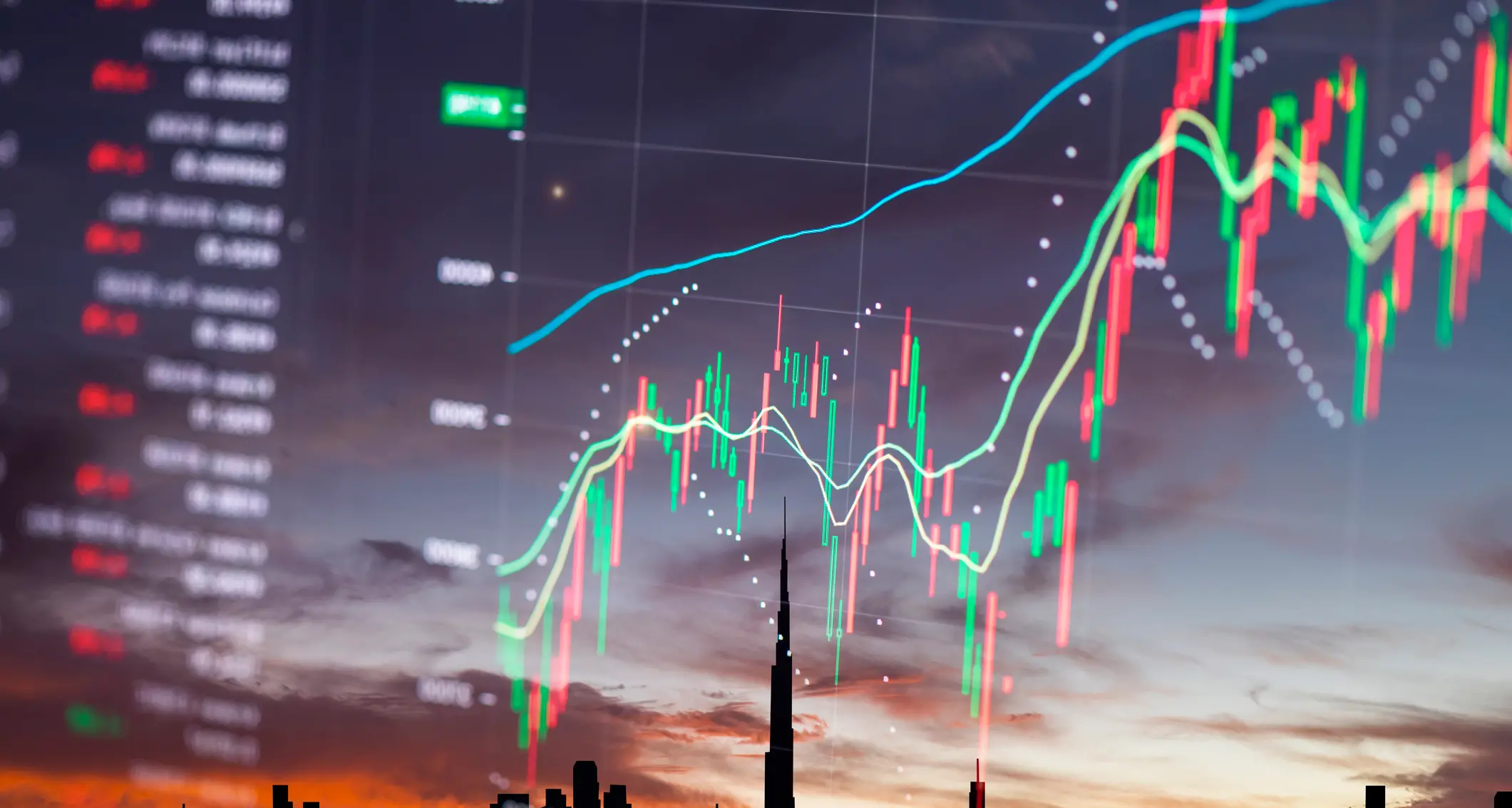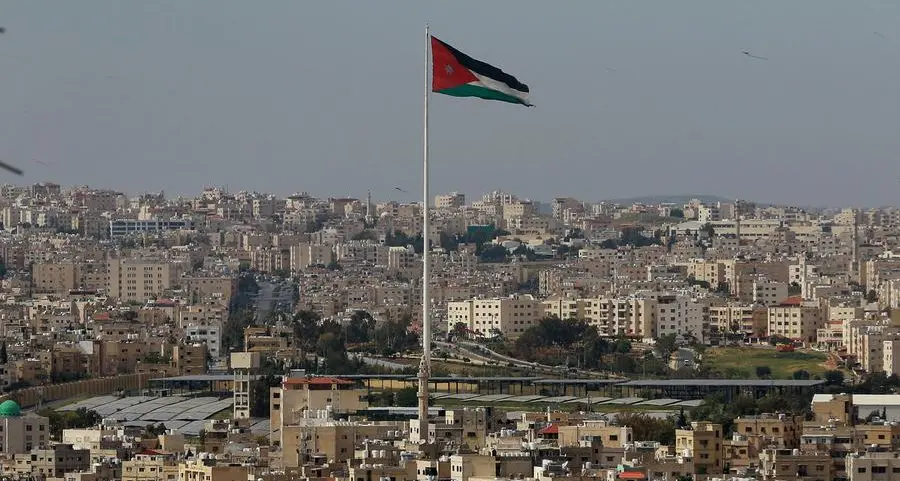The UAE real estate market’s recovery from the Covid-19 pandemic is accelerating, supported by improving economic performance fuelled by high oil prices as well as increasing relocations, particularly from Russia. Nevertheless, some sectors, including the Dubai office market, may take several years to fully recover due to oversupply.
The UAE real estate market was anaemic during the pandemic: Dubai's population fell by an estimated 8% in 2020 as many expatriates, who comprise about 90% of the population, had to leave after losing employment. Furthermore, economic pressures affected the carbon and non-carbon sectors, including travel, hospitality and retail. However, an effective vaccination programme led to one of the highest coronavirus inoculation rates globally, allowing the country to re-open for international business and tourism earlier than most countries. In addition, government initiatives to boost growth and competitiveness, including liberalised visa and residency rules, helped to increase the population.
These initiatives catalysed the Dubai real estate sector’s recovery in 2021, with the population increasing by an estimated 2%. The country’s economy and real estate market have been further boosted in 2022 by increased oil and gas prices, particularly driven by the Russia-Ukraine war and the consequent redirection of global hydrocarbon trade flows. The sector is further benefitting from an influx of skilled workers and wealthy individuals from Russia to the UAE due to its neutral stance over the invasion and the relative ease of obtaining UAE visas for Russian nationals. This influx contributed to the increase in Dubai residential property purchases of 81% in 1Q22 yoy, with the total value of transactions rising by 125%.
Despite large improvements in the residential and tourism sectors, some parts of the UAE real estate market, particularly Dubai offices, remain oversupplied and rates and occupancy may take years to recover. About 138,000 sq m of new office space was completed in 2021, bringing the total market to almost 9.1 million sq m, with the increase in supply continuing in 2022. The average office occupancy rate across Dubai was about 80% in 2021. High-quality, Grade A buildings have typically higher occupancy rates and have experienced rental growth, boosted by the flight to quality seen in many EMEA markets.
Although a number of new office tenants entered the market in 1Q22, the bulk of office real estate activity came from incumbents consolidating space and seeking to improve its quality. Renewals accounted for 68.9% of the total office area registered under commercial office lease contracts in 1Q22, according to CBRE Group and the Dubai Land Department.
This is positive for established providers with high-quality office space, such as Emirates REIT and particularly its largest asset, the Index Tower, although the company’s ‘C’ rating reflects immediate refinancing risk as the company's sukuk will mature in December 2022.
The UAE retail real estate market is also oversupplied, but its performance has been steadily improving post-pandemic. Footfall in Dubai’s shopping centres is steadily improving, with visits 6.7% above pre-pandemic levels.
The performance of high-quality shopping centre operators, such as Majid Al Futtaim (MAF), is benefiting from this recovery in footfall and retail tenants’ sales, particularly as MAF can capture rent increases due to a relatively short-weighted average unexpired lease term of 2.5 years. MAF also benefits from the improving performance of its hotel portfolio, with occupancy nearing 100%.
Emaar Properties focuses on high-quality residential developments and shopping centres (primarily the Dubai Mall) and is experiencing similarly high growth. Consolidated revenue increased more than 50% in 2021, with EBITDA more than doubling, supported by particularly strong residential property sales.
-Ends-
Tahmina Pinnington-Mannan
Director, Corporate Communications
Fitch Group, 30 North Colonnade, London E14 5GN
tahmina.p-mannan@thefitchgroup.com
